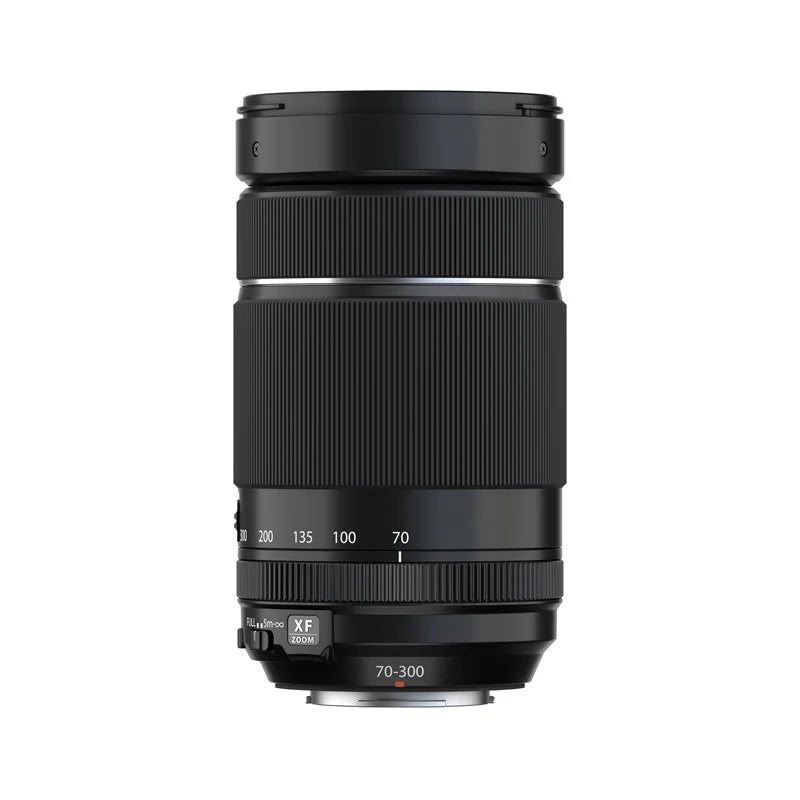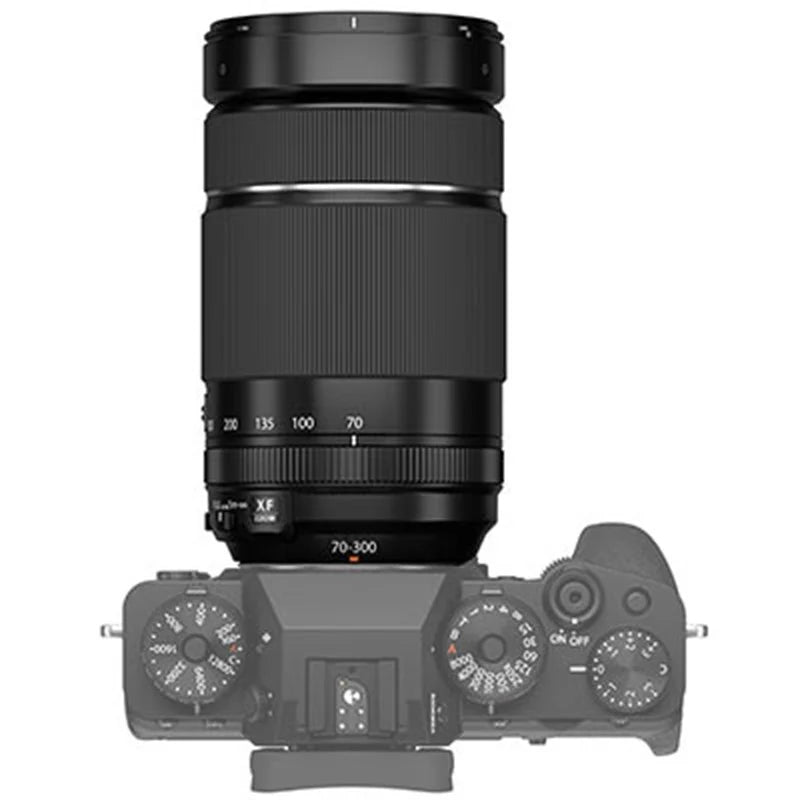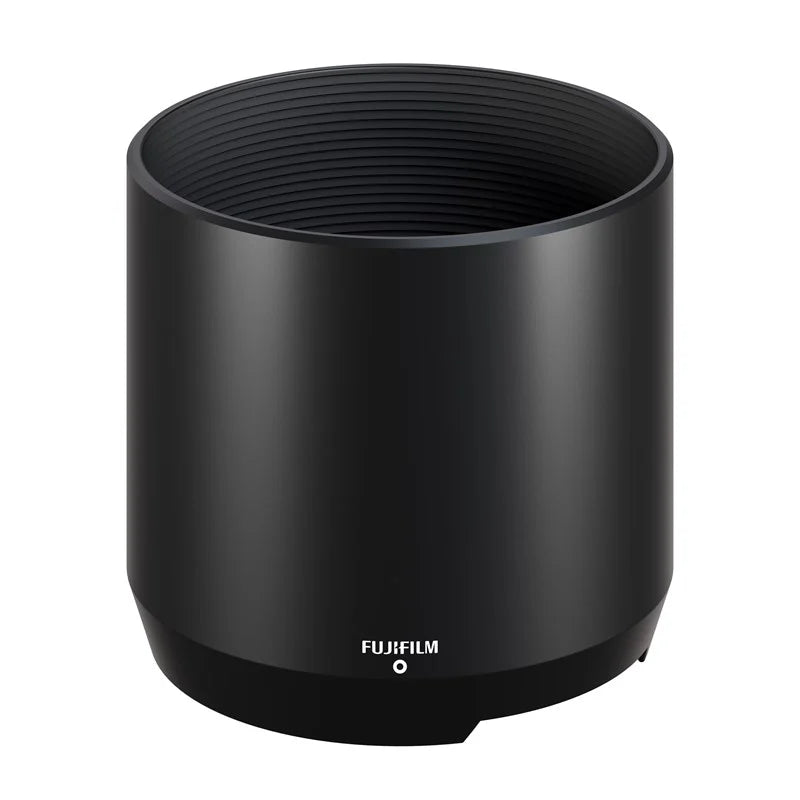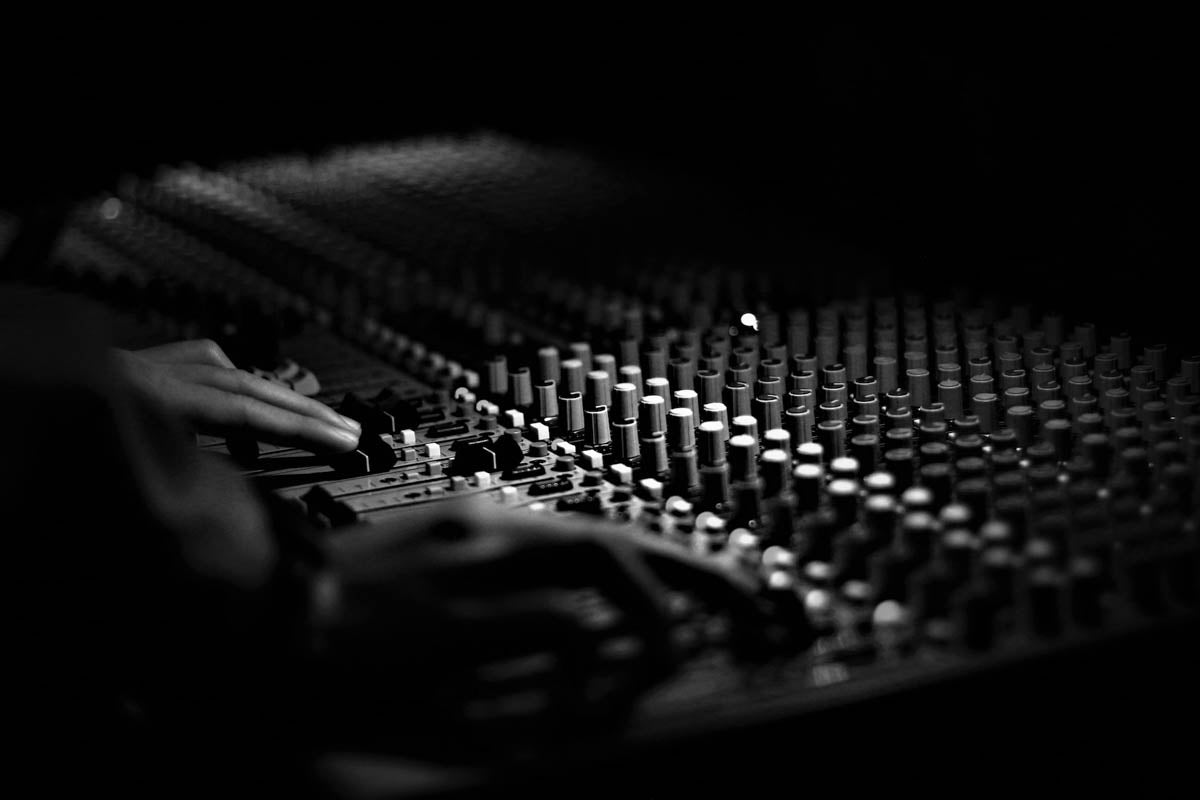Fujifilm Winter Savings/Cashback 2025

Discover incredible value on Fujifilm X Series and GFX cameras and lenses this season. Enjoy instant savings of up to £450 on selected X Series models between 13th November 2025 and 14th January 2026, with extra £50 savings available during the key promotional windows — 28th November–1st December and 24th–31st December.
The versatile Fujifilm X-S20 offers even more with a £100 Instant Save plus £100 Cashback, while selected XF lenses include up to £350 Cashback and GF lenses offer up to £450 Cashback. For those ready to go large, £500 Cashback is available on selected GFX cameras.
Capture every moment in stunning detail and make the most of Fujifilm’s winter savings event.
Product Description
Discover the FUJIFILM XF 70-300mm f/4-5.6 R LM OIS WR Lens: The Perfect Companion for Long-Range Outdoor Photography
Unmatched Reach in a Lightweight Package
Experience the power of long-range photography without the bulk. The FUJIFILM XF 70-300mm f/4-5.6 R LM OIS WR is a versatile telephoto zoom lens that offers a remarkable 107-457mm equivalent focal length. Whether you're capturing the majesty of distant landscapes, the beauty of wildlife, or the intricate details of nature, this lens is your ideal partner.

Superior Optical Performance
Designed for APS-C-format FUJIFILM X-mount mirrorless cameras, this lens delivers exceptional image quality across its entire zoom range. Two extra-low dispersion elements significantly reduce color fringing and chromatic aberrations, ensuring high clarity and color fidelity. An aspherical element effectively controls distortion and spherical aberrations, providing sharp, accurate rendering and minimal distortion.

Advanced Features for Exceptional Results
- 5.5-Stop Optical Image Stabilization (OIS): Enjoy sharper handheld shots even in low-light conditions and with slower shutter speeds, thanks to the highly effective OIS system.
- Fast and Quiet Autofocus: The linear autofocus motor ensures quick, quiet, and smooth focusing, perfect for capturing fast-moving subjects.
- Close-Focusing Capabilities: With a minimum focusing distance of 2.7' and a maximum magnification ratio of 1:3, this lens is also great for close-up photography.

Built for Any Environment
The FUJIFILM XF 70-300mm f/4-5.6 R LM OIS WR lens is designed to withstand the elements. Its weather-sealed construction protects against dust and moisture, allowing you to shoot confidently in harsh climates and freezing temperatures as low as 14°F.
Enhanced Creative Control
- Focus Limiter Switch: Optimize your focusing performance by limiting the focusing range to either the full range of 2.7' to infinity or from 16.4' to infinity.
- Pleasing Bokeh: A rounded nine-blade diaphragm contributes to a beautiful out-of-focus quality, enhancing your use of selective focus and shallow depth-of-field techniques.
Try The Kit - Fujifilm Loan

Try Before You Buy – Free Next Day Delivery
Test selected Fujifilm gear with a 48-hour free trial or hire for up to 7 days at a low cost. Book anytime via the 24/7 live system.
How It Works:
-
Book Your Kit: Choose your dates and reserve your gear online, 24/7.
-
Pay a Deposit: A refundable deposit is due before dispatch. You’ll get it back once the kit is returned in good condition.
-
Fast Delivery: Your kit arrives by courier in secure packaging – or collect it from a partner store.
-
Easy Returns: Use the original box and pre-paid label to send it back. We’ll collect it, or you can drop it off.
Visit https://fujifilm-loan.trythekit.com to book yours today.
Fujifilm - General Product Safety Regulation (GPSR)
Payment & Security
Your payment information is processed securely. We do not store credit card details nor have access to your credit card information.






















